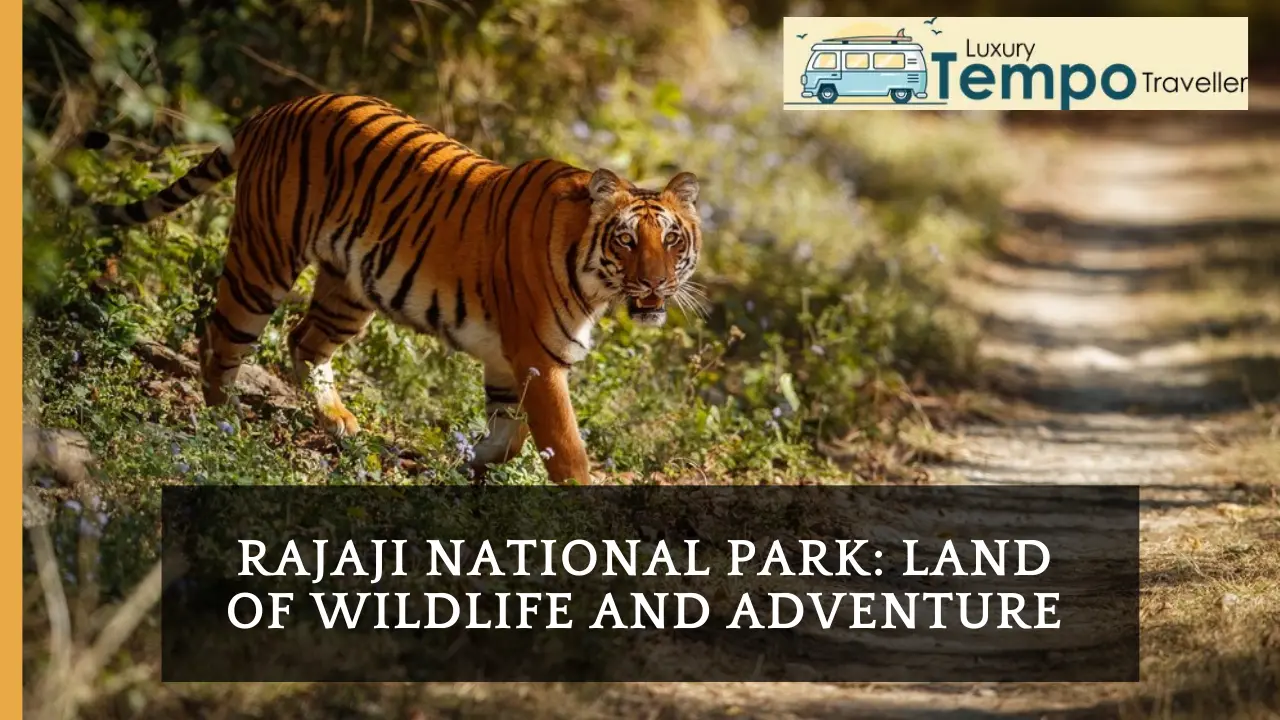Located at the foothills of the Shivlik range, Rajaji National Park stands as a wish for the rich biodiversity and vibrant scenarios of India. The park is a shelter for wildlife enthusiasts and adventurous seekers, spread over 820 square kilometers in Uttarakhand. A prominent freedom fighter and the last Governor of India-General, C. The park named after Raja gopalachiri is not only a natural return, but also an important ecological treasure.
A Wildlife Paradise
Rajaji National Park is famous for its diverse flora and fauna. The park exceeds 50 species of mammals, including Asian elephants, tigers, leopards and dull bears. Its population of elephants, in particular, makes these royal creatures one of the best places to see in their natural habitat in India. The park also claims to be parties of 300 species, which attracts birds around the world. Species such as the Great Hornbill, Kingfisher and Woodpeckers add vibrant colors to its juicy greenery.
In addition to its wildlife, the park's landscape is equally captivating. The mixture of rivers flowing through the Ganges and Yamuna makes it a picturesque destination, like grasslands, dense forests and rivers. The diverse ecosystem supports a variety of trees, including parks, teaks and bamboo, an ecological hotspot.
Waiting for Adventure
For adventurous enthusiasts, Rajaji National Park provides an excess of activities. Jungle Safaris is a popular attraction, which gives visitors a chance to detect the forest and a witness to the witness. Safari is operated in specified areas such as Chila, Motichur and Ranipur, which provides each unique experience.
The trekking park has another thrilling activity. Through dense forests, mountainous regions and rivers, trails offer breath-taking views, surrounding scenarios. These treks not only provide a feeling of adventure, but also have a deep connection with nature.
Camping is a great way to experience the peace of the park. Between the sound of the forest, spending a night under the star-staded sky is an unforgettable experience for visitors. Park Birdwatching Tour, Guided Nature Walk and Photography Opportunities also offer, which are eager to catch its beauty.
Protection and Eco-Tourism
Rajaji National Park plays an important role in wildlife conservation. It is an enrolled tiger reserve, and the officials of the park are actively involved in protecting endangered species through various initiatives. The park also acts as an essential corridor for migrants between western and central Himalayan regions.
In recent years, emphasizing eco-tourism has helped to raise awareness about the ecological importance of the park. Visitors are encouraged to follow permanent practices, ensuring minimal impact on the environment.
Read Also: The Perfect Guide to Explore India’s Golden Triangle
The Best Time to Travel
The ideal time to travel to Rajaji National Park is between November and June, when the park is open to tourists. During these months, the weather is pleasant, and more likely to spot wildlife. The monsoon season, from July to October, is avoided as the park remains closed due to heavy rains and slippery areas.
How to Reach
Rajaji National Park is well connected to major cities. The nearest airport is about 35 km away, Dehradun has Jolly Grant Airport. The nearest railway station is in Haridwar, which is located just 20 kilometers from the park. Regular buses and taxis are available from nearby cities like Rishikesh, Dehradun and Haridwar.
A Must Visit Destination
Rajaji National Park is not just a wildlife sanctuary, but a destination that provides something for everyone. Whether you are a nature lover, a bold addict, or looking for solitude in the lap of nature, this park will be more than your expectations.
From its thrilling safari to a quiet landscape and commitment to conservation, Rajaji National Park actually symbolizes the spirit of the wild. Plan your journey on this enchanting land and immerse yourself in the unique beauty of the forest of Uttarakhand.
